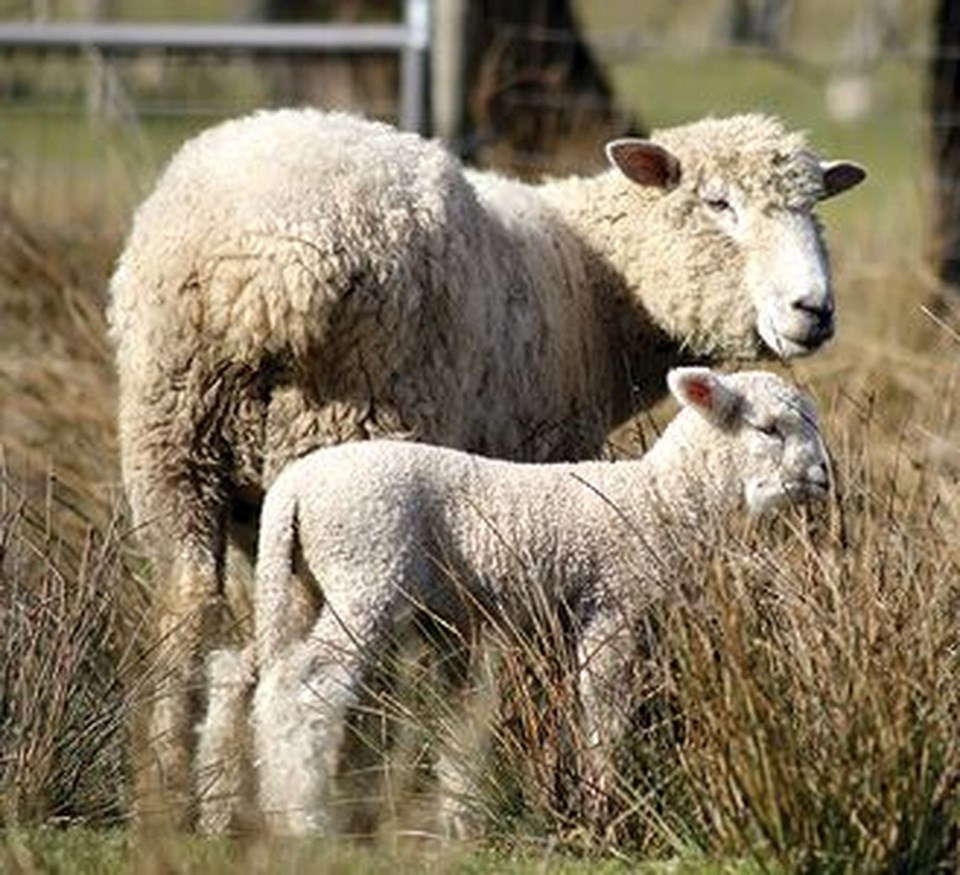One leader of Tla’amin Nation, Erik Blaney, says his government has been having problems with BC’s Agricultural Land Commission and Reserve system for the past six years.
“The Agricultural Land Reserve (ALR) and Agricultural Land Commission (ALC) have imposed restrictions on our lands that we never agreed to, nor were we ever consulted with,” says Erik.
The program set aside 4.7 million hectares for agricultural purposes in 1973 - an amount of land, spread throughout BC, nearly the size of Nova Scotia. That was nearly 20 years before Tla’amin started to settle its land and governance claim through the BC Treaty Commission. Currently, the ALR supersedes Tla’amin’s treaty, it seems.
In other words, the ALC doesn’t allow Tla’amin Nation control over about 273 hectares of its treaty land. The ALC’s rules override Tla’amin laws; anything the nation does on those 2.73 square kilometres has to be approved by the ALC.
In BC, the ALR represents about 5.5 percent of the land; in Tla’amin, it makes up 3.3 per cent. “This is the biggest frustration we are feeling because these are the areas that were inherited to us when we took on land from the province,” says Erik.
The nation has tried to regain its governance rights through discussions with the ALC to have full control over Tla’amin lands. Tla’amin also has an obligation to negotiate with the province through the Final Agreement Act treaty for more land.
“However, we are left now to deal with ALR and ALC. It’s almost a revolving door of jurisdiction from the Ministry of Agriculture and the ALC,” says Erik.
Currently, Tla’amin, the Ministry of Agriculture,and the ALC continue to have meetings to discuss Tla’amin plans for the ALR areas and resolve this issue, according to Erik.
“We understand the importance of agricultural lands and our people managed our lands and resources in a holistic way that provided food resources for our people using our Ta’ow (ancestral teachings),” says Erik.
Tla’amin wants to use the ALR areas in their territory for farming.
Erik says there is archaeological evidence that shows that before settlers arrived, Tla’amin peoples would burn areas to grow purple camas and chocolate lily.
“Mitlenatch and Savary Island were used to grow these historic crops,” said Erik. “When agriculture was introduced to our people after contact, we took on raising cattle and sheep and used Harwood Island to raise those animals."
With full control of their lands, Erik says Tla’amin would be able to decide how farms operate in the nation.
“If we had our own agricultural law, we would be able to look at the species that are high in cultural and nutritional value to our people. We would be able to focus on those crops and manage them in our historic way.”
Erik envisions farms in Tla’amin territory could range from five-acre hobby farms to 100-acre range tenures that could be shared or leased to individuals.
“Food security had a bright light shone on it during the pandemic, and [while the nation was isolating in September of 2020] having to wait for our fruits, veggies, and meats to be delivered to us was quite scary,” says Erik.
“Now with the threats of World War III and the demands on fuel, we are going to see our nation members unable to afford the foods they need. We need to create local sustainable access to food for our people and we need to do this on our terms as a self-governing nation.”

.jpg;w=121;h=120;mode=crop)

